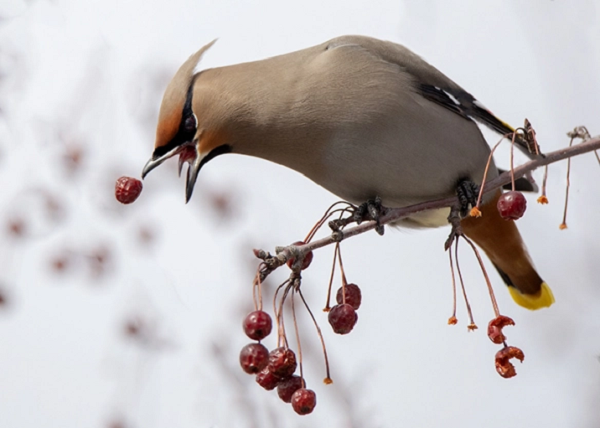The golden pheasant (Chrysolophus pictus) is a stunning bird native to the mountainous forests of western China. With its vibrant plumage and long, flowing tail, the golden pheasant is a true spectacle to behold. These birds are popular in aviculture and can also be found in some zoos and wildlife parks around the world.

Appearance
The male golden pheasant is the more brightly colored of the two sexes. Its head and crest are a rich golden hue, while its back and wings are a deep green. The breast is a fiery red, and the tail is a long, flowing train of iridescent green and blue feathers. The female is much less showy, with overall brown plumage and a shorter tail.
Habitat and Diet
Golden pheasants prefer coniferous and mixed forests with a dense understory. They are ground-feeders, and their diet consists of seeds, berries, insects, and larvae. They roost in trees at night.
Behavior
Golden pheasants are polygamous, meaning that one male will mate with multiple females. The males display their plumage for the females in an elaborate courtship dance. The females build nests on the ground and incubate the eggs for about 20 days. The chicks are precocial, meaning that they are able to walk and feed themselves shortly after hatching.
Symbolism
In Chinese culture, the golden pheasant is a symbol of beauty, wealth, and good luck. It is often depicted in art and literature, and it is sometimes used as a decorative motif. The golden pheasant is also a popular choice for ornamental birds, and it is kept in aviaries and zoos around the world.
Conservation Status
The golden pheasant is not currently considered to be a threatened species. However, its habitat is being threatened by deforestation and hunting. It is important to protect the golden pheasant’s habitat and to ensure that it is not hunted to excess.
The golden pheasant is a beautiful and fascinating bird that is an important part of the Chinese ecosystem. By learning more about this bird, we can help to ensure its survival for future generations.





